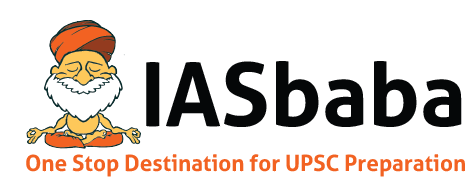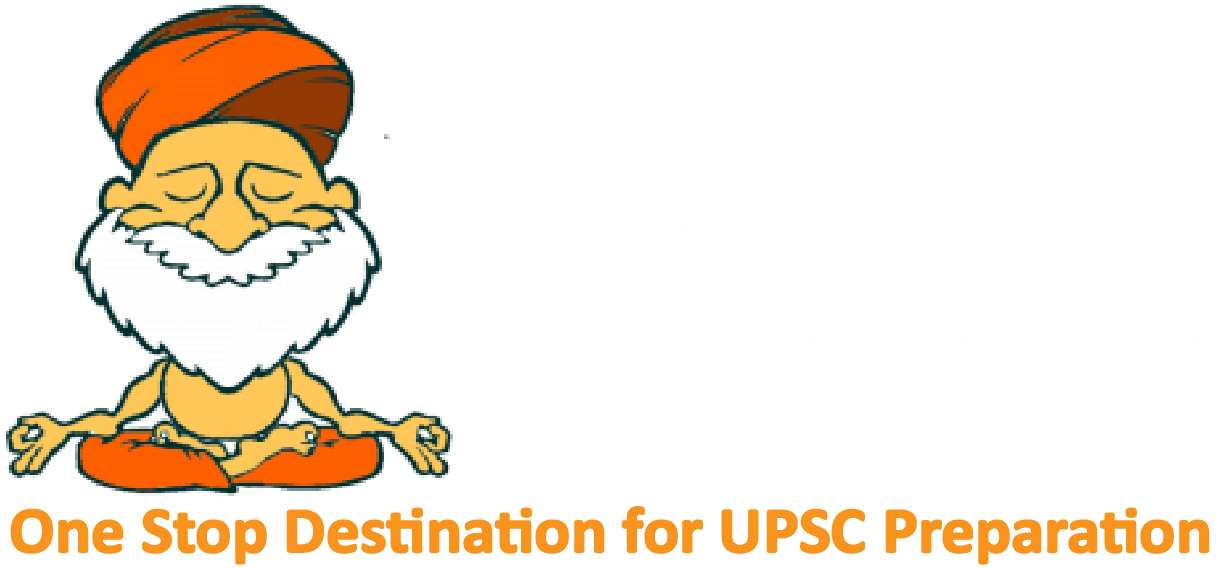- Home
- UPSC Mains
- Daily Free Initiatives
- Courses
- KPSC / KAS
- हिंदी
- Centres
- Contact Us



For Previous Daily Quiz (ARCHIVES) – CLICK HERE
The Current Affairs questions are based on sources like ‘The Hindu’, ‘Indian Express’ and ‘PIB’, which are very important sources for UPSC Prelims Exam. The questions are focused on both the concepts and facts. The topics covered here are generally different from what is being covered under ‘Daily Current Affairs/Daily News Analysis (DNA) and Daily Static Quiz’ to avoid duplication. The questions would be published from Monday to Saturday before 2 PM. One should not spend more than 10 minutes on this initiative.
Gear up and Make the Best Use of this initiative.
Do remember that, “the difference between Ordinary and EXTRA-Ordinary is PRACTICE!!”
0 of 5 questions completed
Questions:
To view Solutions, follow these instructions:
You have already completed the test before. Hence you can not start it again.
Test is loading...
You must sign in or sign up to start the test.
You have to finish following test, to start this test:
0 of 5 questions answered correctly
Your time:
Time has elapsed
You have scored 0 points out of 0 points, (0)
| Average score |
|
| Your score |
|
| Pos. | Name | Entered on | Points | Result |
|---|---|---|---|---|
| Table is loading | ||||
| No data available | ||||
Explanation: INS Aravali is not a warship but a state-of-the-art naval information base in Gurugram, Haryana. It serves as a hub for maritime domain awareness, real-time surveillance, and global data sharing.
Explanation: INS Aravali is not a warship but a state-of-the-art naval information base in Gurugram, Haryana. It serves as a hub for maritime domain awareness, real-time surveillance, and global data sharing.
Explanation: Ethanol–diesel blends caused corrosion and engine problems due to water absorption and compatibility issues. Isobutanol, a four-carbon alcohol, offers better energy density, lower water affinity, and reduced corrosion risks, making it more suitable for diesel blending.
Explanation: Ethanol–diesel blends caused corrosion and engine problems due to water absorption and compatibility issues. Isobutanol, a four-carbon alcohol, offers better energy density, lower water affinity, and reduced corrosion risks, making it more suitable for diesel blending.
Which of the statements given above is/are correct?
Explanation:
Statement 2: In 1951, Vinoba Bhave started the Bhoodan Movement in Telangana, promoting voluntary land redistribution. This statement is correct
Explanation:
Statement 2: In 1951, Vinoba Bhave started the Bhoodan Movement in Telangana, promoting voluntary land redistribution. This statement is correct
| CPI Variant | Compiling Agency |
|---|---|
| 1. CPI for Industrial Workers (CPI-IW) | Labour Bureau, Ministry of Labour |
| 2. CPI for Agricultural Labourers (CPI-AL) | Department of Agriculture, Cooperation and Farmers Welfare, Ministry of Agriculture |
| 3. CPI-Combined (CPI-C) | National Statistical Office (NSO), MoSPI |
| 4. CPI for Rural Labourers (CPI-RL) | Labour Bureau, Ministry of Labour |
How many of the above pairs are correctly matched?
Explanation:
CPI-Combined (CPI-C) → Compiled by NSO, Ministry of Statistics & Programme Implementation (MoSPI).
Only three pairs are correct.
Explanation:
CPI-Combined (CPI-C) → Compiled by NSO, Ministry of Statistics & Programme Implementation (MoSPI).
Only three pairs are correct.
Explanation:
Fujian is China’s third aircraft carrier and the first to be completely indigenously designed and built (Type-003 class). It uses an electromagnetic catapult launch system (EMALS), a major leap over the ski-jump systems of earlier carriers (Liaoning and Shandong). It was recently reported sailing through the Taiwan Strait for sea trials before heading to the South China Sea.
Explanation:
Fujian is China’s third aircraft carrier and the first to be completely indigenously designed and built (Type-003 class). It uses an electromagnetic catapult launch system (EMALS), a major leap over the ski-jump systems of earlier carriers (Liaoning and Shandong). It was recently reported sailing through the Taiwan Strait for sea trials before heading to the South China Sea.
